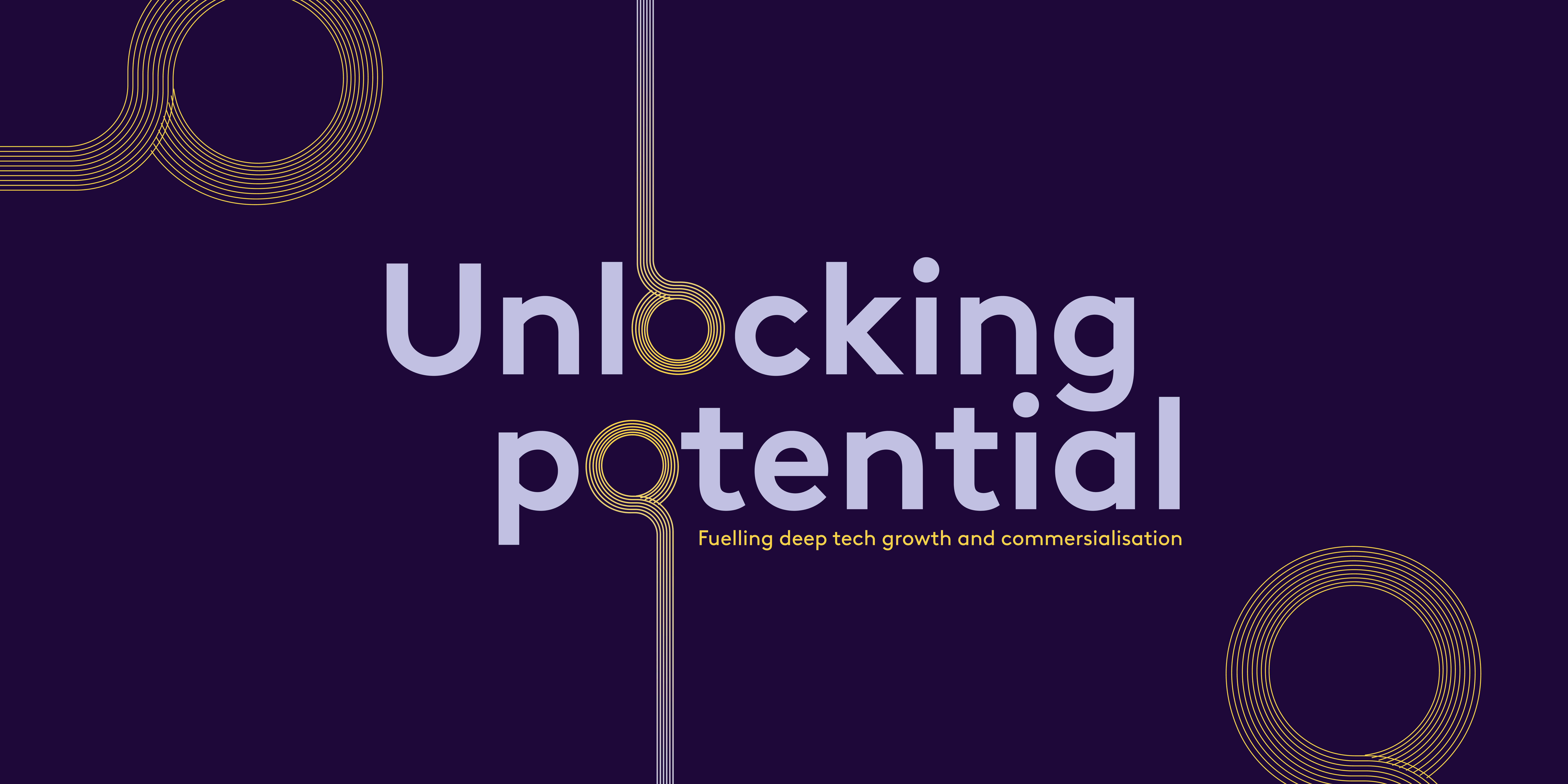Our Investment in DeadHappy
Death is something that most people would rather not think about. So much so that we talk about “Life” insurance, not “Death” insurance. Life insurance is a way of providing for your family’s financial future after you have passed. Many of us realise that if you have a child, or a sizeable financial commitment such as a mortgage, you should have life insurance, yet in the UK only 50% of mortgage holders have life insurance, and less than half of people with children under 18 have it.
So if people know they should have it, why don’t they? As simple as it should be, the process of buying insurance is complex and painful. You have to decide on the term, the payout amount, whether the payment should evolve and whether or not to include critical illness.
The old way
Level-term life insurance is the most common, covering the period until retirement when the mortgage is paid off and the children have moved away from home. As a 35 year old, the insurance company must predict your chance of dying in the next 30 years, and set a fixed monthly payment accordingly. In order to do that you get the fun of going through an underwriting process, whereby you take hours to answer questions and sometimes undergo a medical examination. You could accept having to do this once, but the average person changes their life insurance policy every 5–7 years to reflect their lifestyle changes (i.e. additional child, larger mortgage, new car loan). Chances are, you’re either over-paying or are under-insured.
Brokers’ paradise
It is not surprising therefore that 70% of life insurance policies in the UK are sold by insurance brokers, rather than bought directly from the insurer. When I first got on the property ladder, I was sensible and bought myself a term life insurance policy, through a broker. At £15 a month in premiums it felt like a small price to pay. I’ve since gone back to check on the commissions that broker earned on my policy — it was over £350. In other insurance sectors, intermediaries earn somewhere between 10–20% of the first year of premium. In this instance, they earned almost 200%! As an investor I love seeing this level of margin, as it points to an industry ripe for disruption.
A happier note
Enter DeadHappy, a team with a vision to change people’s attitude to death and to make talking about and planning for death more socially acceptable. They believe that one of the key barriers to planning for death is that insurance policies are hopelessly complex and not built with the customer in mind. Their mission is to develop a range of death related products that are simple to understand, easy to use, purchasable online, great value, and communicated in a tone of voice which is relevant to their customers and not full of jargon. The first step in this journey is a simple five year term life insurance policy, which you can take out yourself online having answered only eight questions. It’s better designed for how people buy life insurance and is flexible enough that you can adapt it as your situation changes (i.e. bigger mortgage, more children). This is a brand that is not afraid of a few raised eyebrows.
We’re delighted to be supporting Phil Zeidler, Andy Knott, Dominic Holton and the rest of the DeadHappy team in their mission to change attitudes to death. Together they’re a powerful combination of insurance insiders, contrarians and tried-and-tested executors (pardon the pun).
If you’ve got five minutes spare, check-out DeadHappy.com. It might be the most productive use of time you’ll have all year.













